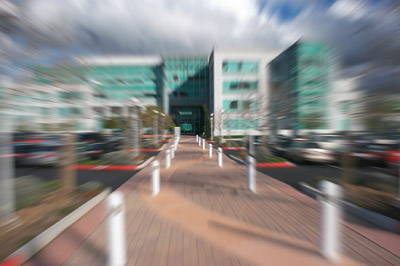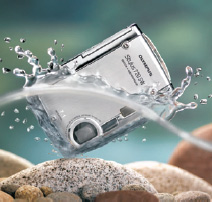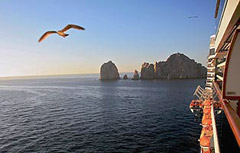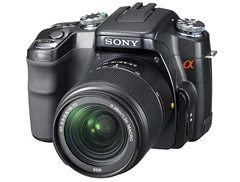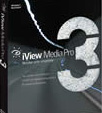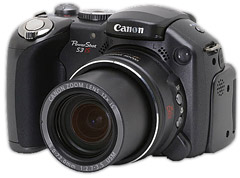
Once you've made your slideshow, how do you share it with others? You may want to enter it in the FotoMagico Slideshow Showcase, post it on your web site, or make it available for download. Here are a few tips for sharing your video masterpieces.
iDisk and .Mac
If you have a .Mac account, this is the easiest place to post your slideshow. In the Finder, select "iDisk" from the "Go" menu and choose "My iDisk" (Go > iDisk > My iDisk). Your iDisk will appear on your Desktop. Double-click it to open it.
You have a couple of options at this point. If you want to make it available for download, drag your slideshow into the "Public" folder. It will take a while for it to finish uploading, often 20 minutes or more, so you can go grab a cup of coffee. Now, all you have to do is tell people the name of the file and the name of your .Mac account, and they can download the movie out of your public folder. This is a legitimate way to enter your presentation in the Slideshow Showcase. I think this is the best method of all.
You can also make a movie web page to show off your work. Instead of using the "Public" folder, find the "Movies" folder and drag your slideshow into it. Once it has uploaded, you can go to the .Mac site, log in, and click on the "Homepage" tab. In the "Create a Page" section, click on "iMovie." Choose a template from the offerings. Then when the template is loaded, click on the "Choose" button. You'll see your slideshow in the list of movies. Select it, then publish the movie page. You can now send this url to friends and family, and they can watch the slideshow right there in their browsers. This is also a legitimate way to enter your presentation in the Slideshow Showcase.
File Sharing Service - Mac or Windows
There are free services that allow you to upload your slideshows to a server, then the service sends an email to your recipient with a link so that person can go download the slideshow.
In my post, Big File Transfer Winner, I list a couple of these services and how they perform. My two favorite free services are DropSend and YouSendIt. You can use any of these to enter the Slideshow Showcase.
Burn to Disk
If you don't have any bandwidth for electronic transfer, you can always burn your slideshow to disk and mail it. All you have to do send an email to questions@thedigitalstory.com, and I'll email you back with a mailing address that you can use to send your disk to.
This tip is to help you prepare your entry for the FotoMagico Slideshow Showcase. Submit your Entry Form today (to get on the books), then start working on your presentation. Deadline to submit your presentation is June 15. Don't delay!
Technorati Tags:
digital photography, tips

